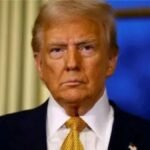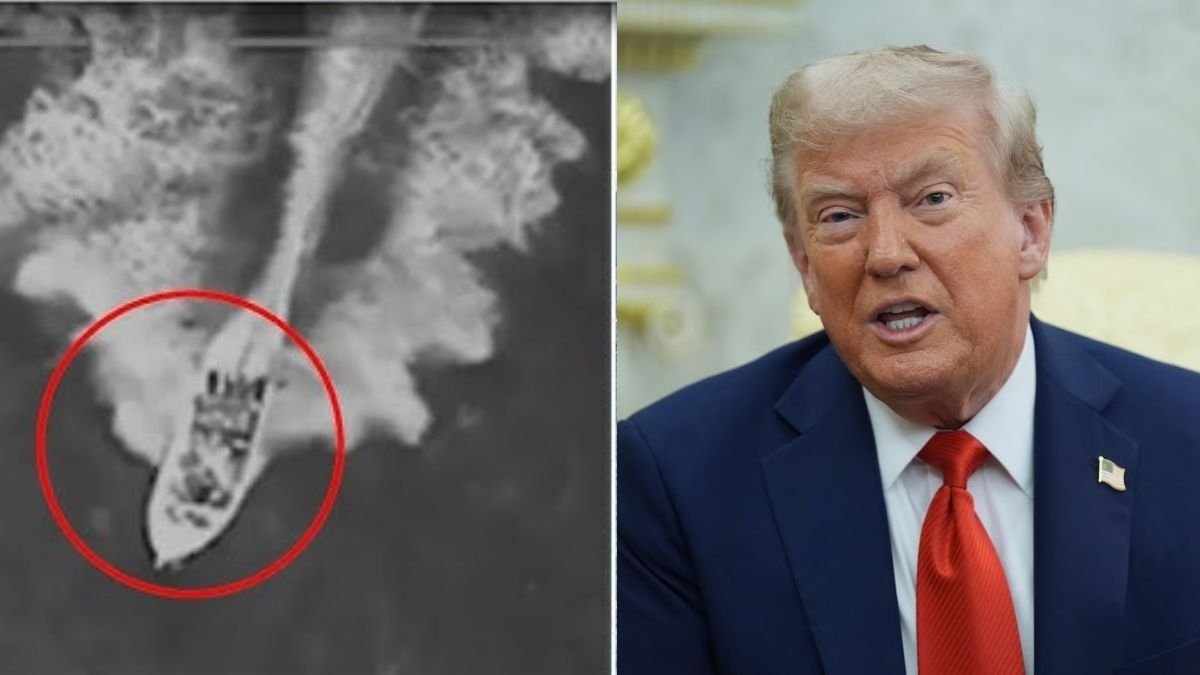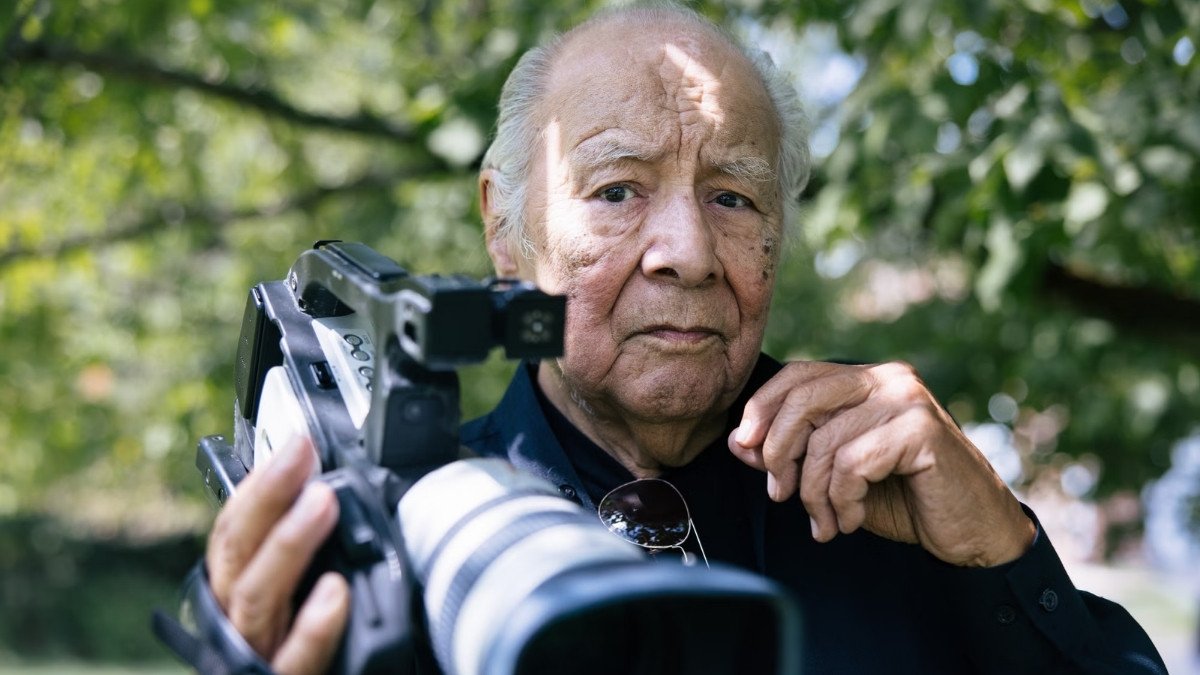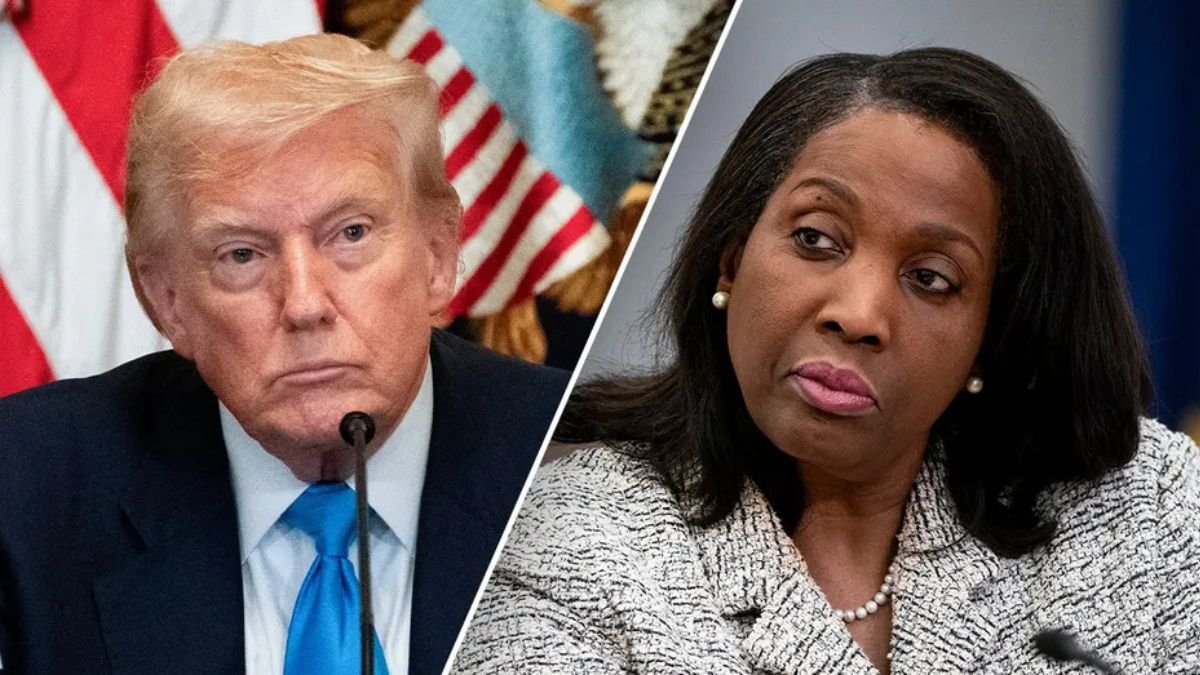President Donald Trump on Monday promised major changes to U.S. elections, targeting mail voting and voting machines. His social media post claimed these systems are prone to fraud.
Trump’s message follows repeated claims that the 2020 election was stolen. He also falsely stated that the U.S. is the only country to use mail voting, though dozens of nations, including Germany and the United Kingdom, use it.
Earlier this year, Trump issued an executive order requiring proof of citizenship for voter registration. His latest post suggested another order would aim to “help bring HONESTY to the 2026 Midterm elections.”
Election law experts say Trump cannot make these changes alone. The U.S. Constitution gives states control over elections. Congress can adjust federal election rules, but the president has no authority to direct states’ procedures.
Trump told Fox News that Russian President Vladimir Putin agreed with his concerns about mail voting. He repeated similar claims during a Monday Oval Office meeting with Ukrainian President Volodymyr Zelenskyy.
Trump’s post also claimed that states act as mere “agents” of the federal government in counting votes. Legal experts say this misrepresents the Constitution and contradicts the long-held Republican support for states’ rights.
Mail voting is used by roughly one-third of U.S. voters. Washington and Oregon conduct all elections by mail. Both states sued to challenge Trump’s previous order that ballots must arrive by Election Day, arguing it exceeds presidential power.
Trump also suggested that voting machines are more expensive than Watermark Paper, a method favored by some election conspiracy theorists. Experts note that Watermark Paper cannot count votes and would not replace machines.
Most U.S. voters already use paper ballots that are counted by machines, creating an auditable record. These safeguards help prevent fraud. Fraud remains extremely rare, with an Associated Press review finding fewer than 475 possible cases in six battleground states after 2020.
Unlike in countries such as France, U.S. elections are decentralized. States run elections, and smaller jurisdictions like counties or cities administer them locally. There are as many as 10,000 separate election jurisdictions nationwide.
Each U.S. ballot often contains multiple races, from president to local offices. This complexity requires reliable tabulation systems. Experts warn that eliminating machines could slow results for weeks and disenfranchise voters.
Trump has directed his attorney general to investigate a Democratic fundraising platform and encouraged states to redraw congressional districts, signaling efforts to influence the 2026 midterms in favor of Republicans.
Election law professor Rick Hasen at UCLA said, “The president has very limited to zero authority over things related to the conduct of elections.” Courts have blocked parts of Trump’s prior executive orders, confirming Congress, not the president, sets federal rules.
Mail voting remains popular across party lines, including in Republican-leaning states Trump won in 2024. Eliminating it could disenfranchise voters, including military members overseas who rely on mail ballots.
[inline_related_posts title=”RECOMMENDED” title_align=”left” style=”list” number=”2″ align=”none” ids=”” by=”categories” orderby=”rand” order=”DESC” hide_thumb=”no” thumb_right=”no” views=”no” date=”yes” grid_columns=”2″ post_type=”” tax=””]
Legal experts caution that Trump’s persistent claims may be used to justify election interference. “These kinds of claims could provide a kind of excuse for him to try to meddle,” Hasen said.
Trump’s statement signals ongoing interest in altering election procedures. While his claims of fraud are largely false, his post marks continued efforts to influence how voting is conducted ahead of the 2026 midterms.















